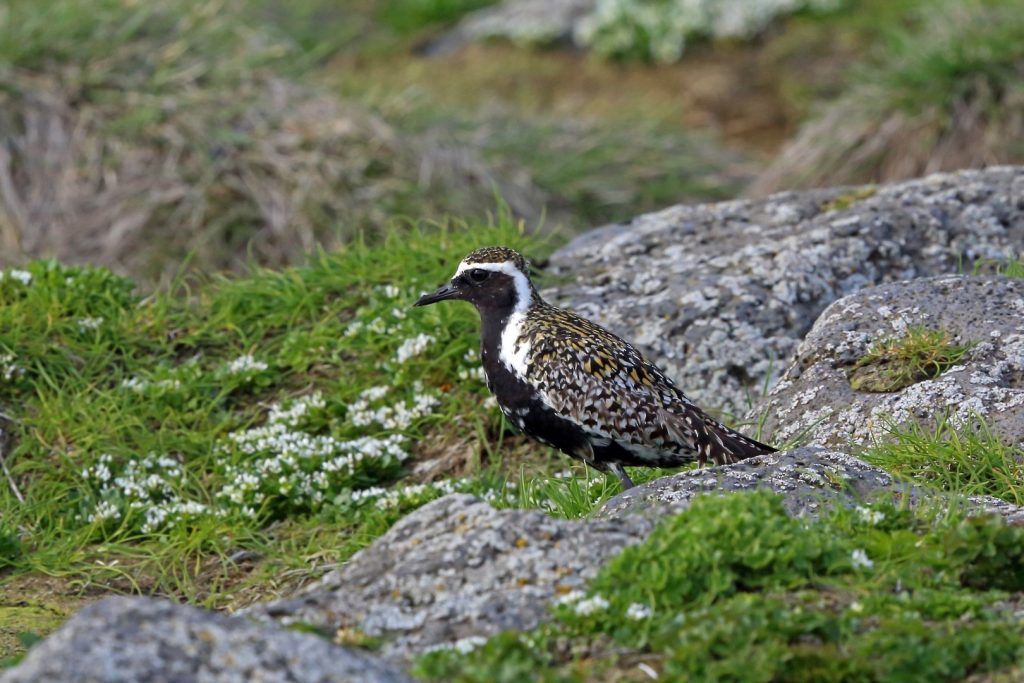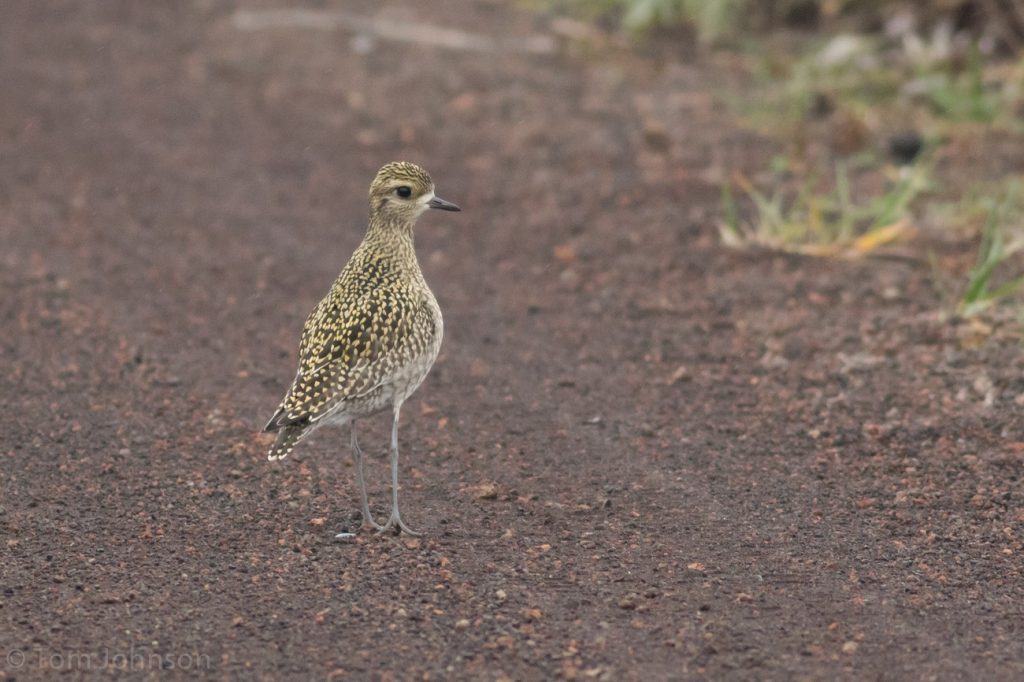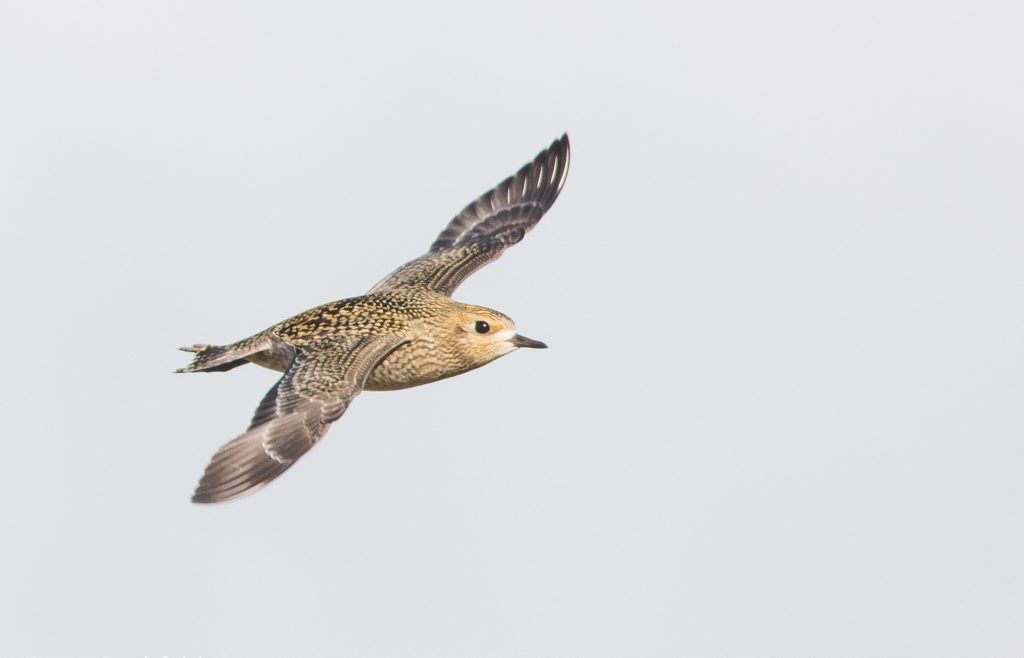A common migrant in both spring and fall, it is perhaps the most consistently common migrant shorebird in the Pribilofs. They typically begin to arrive in the spring during the final week of April or the first week of May, with the earliest double-digit count on May 13th, and are found in the largest numbers during the second half of May with the typical peak in the third week of May and the latest double-digit count on May 29th. Spring migrants become quite rare after the first week of June with only a few records between mid-June (two records in late June) and late July. The first southbound migrants are usually detected in the last week of July or the first few days of August, with the earliest double-digit count on July 27th and few large counts of individuals during the migration of adults which continues into late August. The first juveniles typically begin to appear around August 20th, while the peak migration of juveniles typically occurs in September (though it can happen at almost any time during the month) with regular double-digit counts starting on or just after August 25th. Daily counts in excess of 50 individuals have been made from September 4th to October 6th with the latest record of double-digit individuals from October 14th. The single winter record accounts for the earliest spring migrant and while one would not expect this species to over-winter in the islands, it is likely to be found on the margins of the winter season in both spring and fall during some years.



